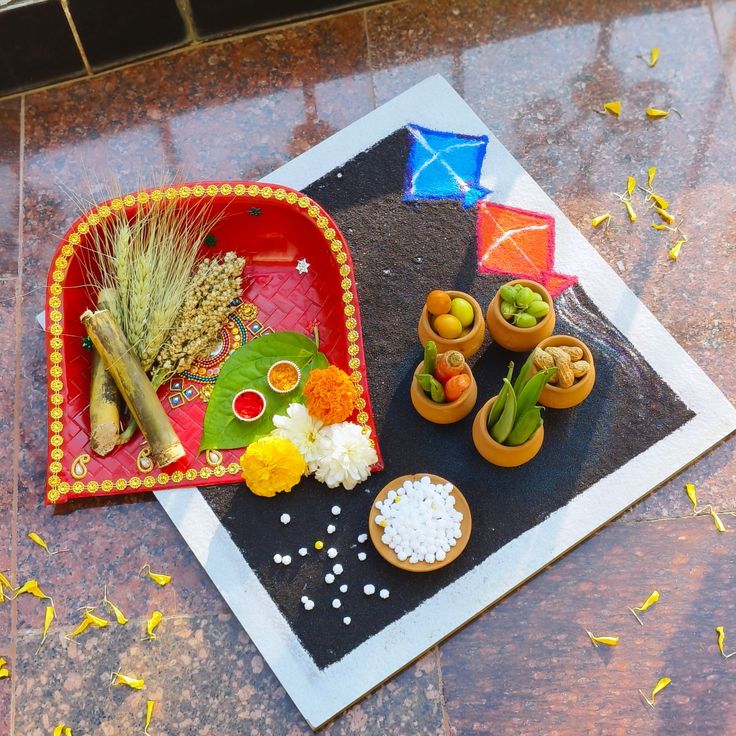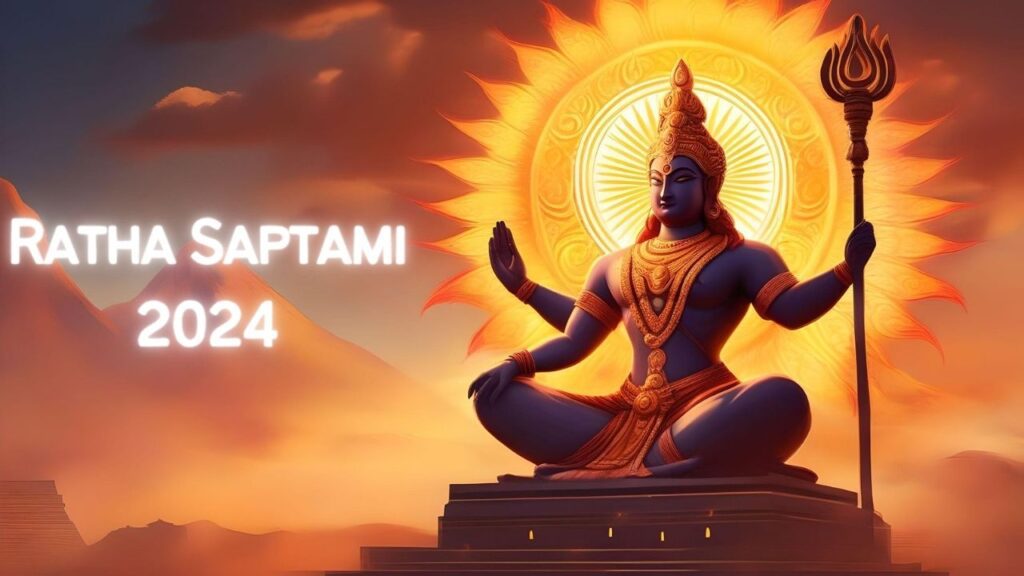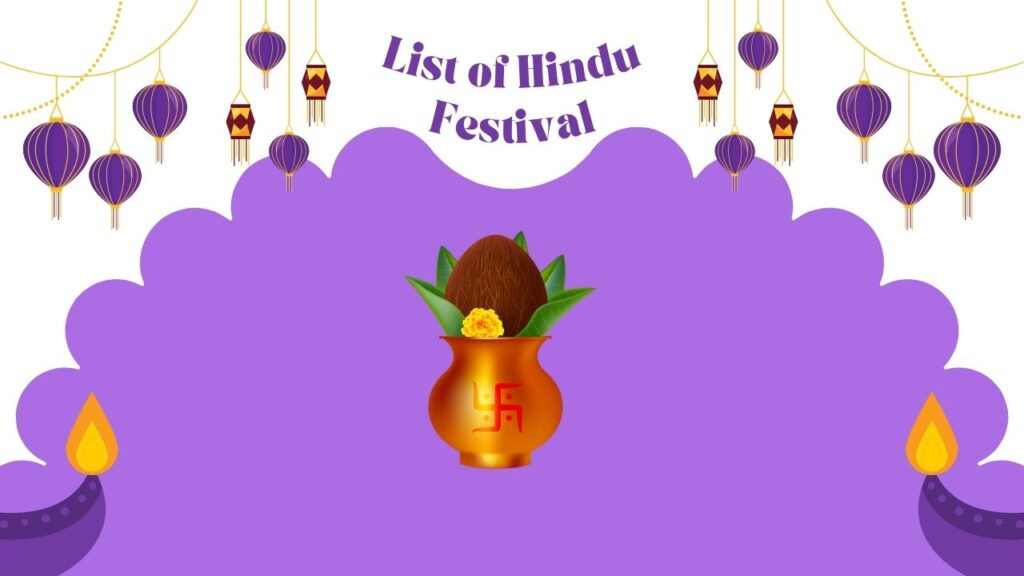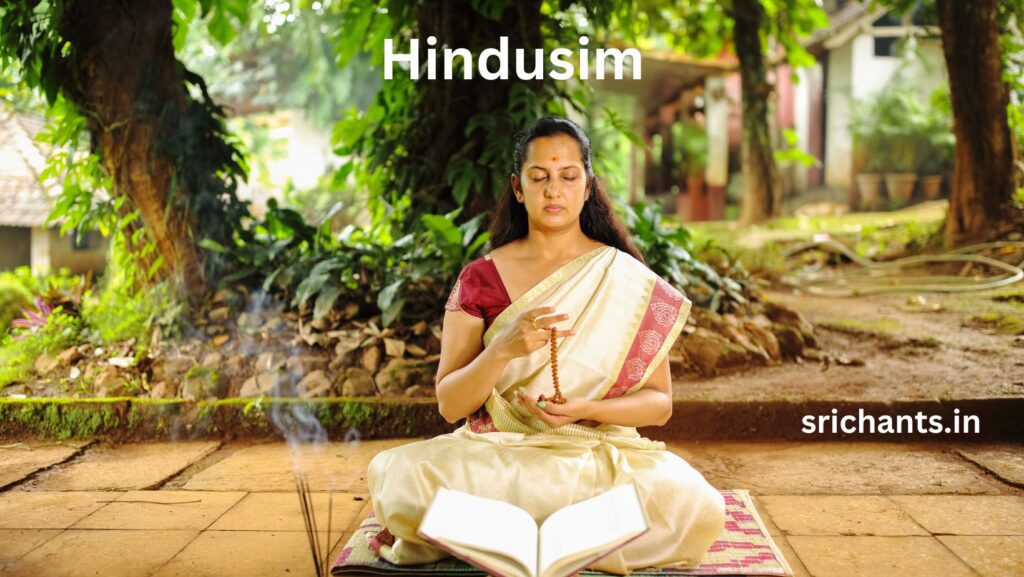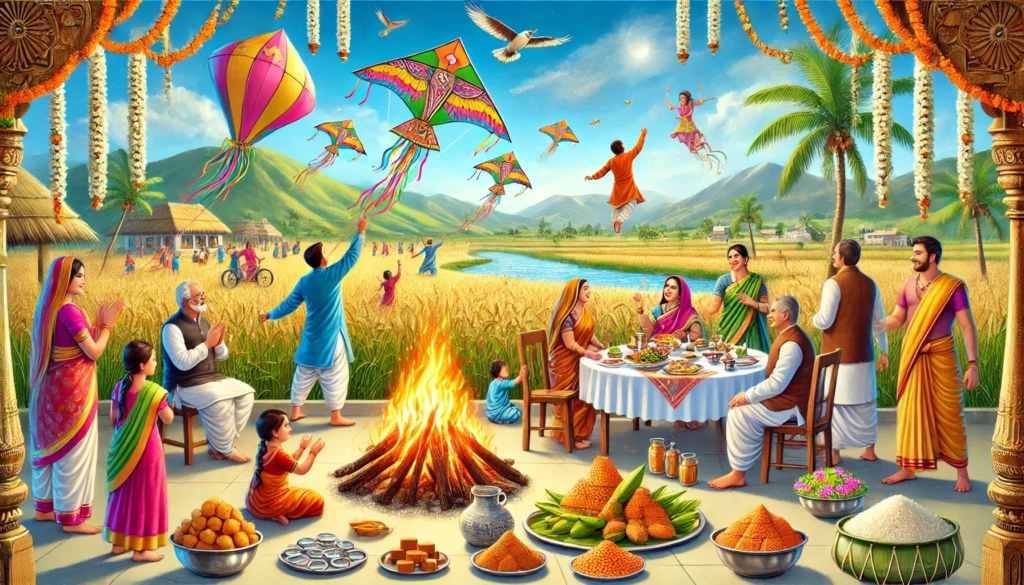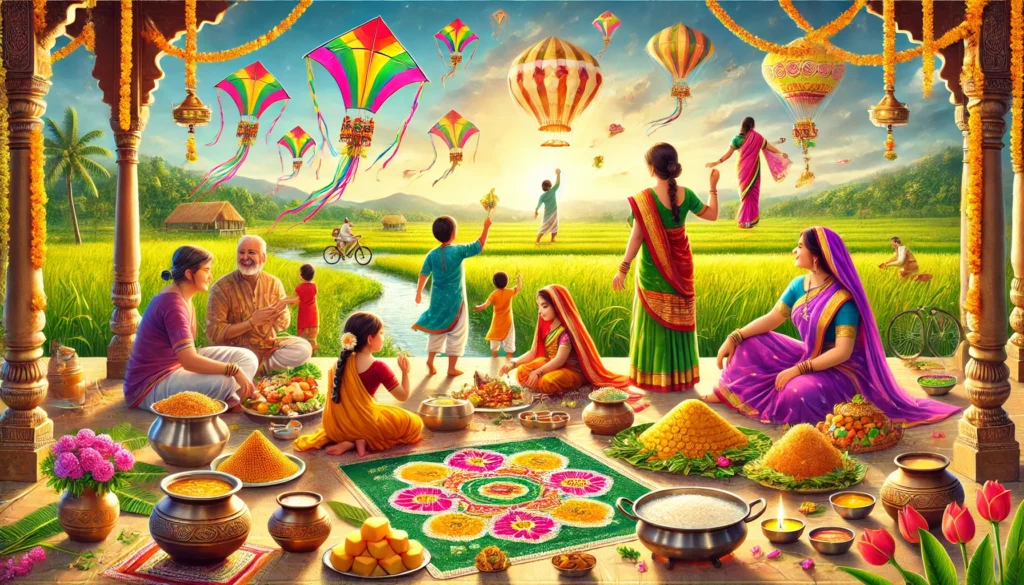Sankranti Puja for 2025 : How, What and When
Introduction
An important Hindu holiday, Makar Sankranti, occurs when the Sun enters the Capricorn zodiac sign. Many parts of the nation celebrate this astronomical event, but the states of Uttar Pradesh, Gujarat, Tamil Nadu, and Punjab hold the most raucous parties. Sankranti is a spiritually significant festival when families gather to pray, ask for favors, and joyously celebrate the arrival of harvest season. On January 14, 2025, Makar Sankranti will be celebrated, and worshippers all around the country will be getting ready for the sacred Sankranti Puja practices.
Read on to learn about the Sankranti Puja, its history, and how to do it in the comfort of your own home, along with all the necessary rituals and preparations.
Significance of Sankranti Puja
With the Sun’s transition from the southern to the northern hemispheres marking the beginning of Uttarayana, the northward movement of the Sun, Makar Sankranti is an important festival in Hindu culture. Longer days and milder weather are signs of spring in Hinduism, which the religion interprets as a season of spiritual reawakening and physical renewal. New endeavors, religious observances, and offerings to the gods, especially Surya, are all blessed on this auspicious day.
In honour of Makar Sankranti, the Sun is worshipped as a source of energy that sustains life. A puja is performed in its honour on this auspicious day to drive out spiritual darkness and welcome in new light. Spiritual development, cleansing, and introspection are the themes of the Sankranti Puja rites.
Along with its religious importance, Sankranti is a harvest festival when farmers give appreciation for a plentiful harvest. You should take this opportunity to thank God, your loved ones, and the earth for all that you have.
How to Perform Sankranti Puja at Home in 2025
Here is a detailed guide to help you arrange the Sankranti Puja ceremonies and festivities at your home in 2025. Although there may be some variations in the specifics of the Puja procedure from one place to another, the fundamentals are always the same.
1. Prepare for the Puja: Cleanliness and Sanctity
Make sure your home is ready for the Sankranti Puja by cleaning the puja space before you begin. For the Puja to be a success, the area should be tidy and free of clutter. To set the mood for prayer and tranquility, it is customary to sprinkle water and cleanse the space with a sacred mixture of water and tulsi leaves.
Build a modest shrine or find a suitable spot to house the image or idol of the Sun God if at all feasible. You can also make use of solar symbols, like a sun-shaped container made of copper or brass, filled with water, turmeric, and flowers.
2. Items Needed for the Puja
The following items are typically required for Sankranti Puja:
- A picture or idol of Lord Surya (the Sun God)
- A clean cloth (to cover the altar or puja area)
- Fresh flowers (preferably yellow or orange)
- Fruits (like bananas, oranges, apples)
- Sesame seeds (til)
- Jaggery (gud)
- Raw rice
- Ghee (clarified butter)
- Incense sticks
- A lamp or diya (oil lamp)
- Water (in a copper or brass vessel)
- Fresh Tulsi leaves (for offering)
- A red thread or mauli (for tying around the wrist or using in rituals)
- A bell (optional)
- Panchamrit (a mixture of milk, honey, yogurt, ghee, and sugar) for abhishek (ritual bathing) of the idol or photo.
3. The Sankranti Puja Rituals:
Step 1: Setting Up the Puja Area
In the middle of your altar, set up an image or idol of the Sun God. Because the sun rises in the east, it is believed to be lucky for the deity to face that direction, so make sure the statue or portrait faces east.
Put a fresh cloth over the altar and neatly place the jaggery, flowers, fruits, and sesame seeds around the image or idol. Be careful not to loose the bell or diya.
Step 2: Lighting the Diya and Incense
The oil lamp (diya) and incense sticks can be lit to set the mood for a peaceful and holy atmosphere. A diya lit with incense and flickering with light represents a cleansing ritual and the banishing of evil spirits.
Step 3: Offering Water and Panchamrit
Lord Surya is offered water mixed with turmeric to begin the Sankranti Puja. In many Hindu ceremonies, water is used as a symbol of life and innocence. Then, after that, you must do the ritual washing known as abhishekam using Panchamrit, which is a sacred concoction made of sugar, ghee, yogurt, milk, and honey. All things good, sweet, and nourishing are represented by these foods.
To bring the blessings of Lord Surya into the ceremony, say holy mantras or prayers while you carry it out. As a mantra for Sankranti Puja, one common choice is:
“Om Ghrini Suryaaya Namah”
This mantra is a prayer to Lord Surya, asking for his blessings of good health, wealth, and prosperity.
Step 4: Offering Til (Sesame) and Jaggery
Present the Sun God with sesame seeds (til) and jaggery (gud) after you have performed the Panchamrit Abhishek. The ingredients represent the qualities of sweetness and warmth that are crucial to Makar Sankranti. As a Sankranti offering, you can either scatter sesame seeds and jaggery over the altar or make tilgul laddoos, or sweet sesame balls.
As you offer these items, say the prayer:
“Tilgul ghya, god god bola”
(“Accept these til and jaggery, and speak sweetly to all.”)
This phrase is often exchanged in Maharashtra, where Sankranti is celebrated with this particular tradition. It emphasizes the importance of speaking sweet words and cultivating kindness in our relationships.
Step 5: Prayers and Gratitude
After offering the sesame and jaggery, close your eyes and offer prayers of gratitude for the year gone by. Thank Lord Surya for his guidance, blessings, and energy. Pray for prosperity, health, peace, and success in the year to come.
“I offer my gratitude to Lord Surya, for you bring light to my life. May this year be filled with health, happiness, and success.”
You may also offer prayers for the well-being of your family members and the community, asking for strength to face challenges and the wisdom to embrace new beginnings.
Step 6: Closing the Puja
To conclude the Sankranti Puja, circle the lamp around the idol or picture of Lord Surya while ringing the bell, signaling the end of the ritual. You can also perform a final aarti to Lord Surya by singing devotional hymns or using an aarti book
Other Important Rituals on Sankranti Day
In many regions, the Sankranti Puja is followed by other important rituals, such as:
- Taking a Holy Dip: Devotees often visit rivers or sacred water bodies to take a holy dip, especially in places like Haridwar, Prayagraj, and Rishikesh. It is believed that doing so on this auspicious day can purify one’s soul and wash away sins.
- Donations and Charity: Sankranti is also a time for giving. Donating food, clothes, or money to the needy is a way of spreading happiness and goodwill. This practice is considered highly meritorious.
- Kite Flying (in Some Regions): In Gujarat and other states, flying kites is an essential part of the Sankranti celebration. Though this is more of a recreational activity, it signifies the freedom and joy that come with the increasing sunlight.
Conclusion: The Spirit of Sankranti Puja
For those who want to communicate with the divine and show thanks for the Sun’s benefits, Sankranti Puja is a magnificent event. This is a day for spiritual rejuvenation, inspiration of good changes, and celebration of the natural bounty. Whether you are doing the puja at home or attending community events, the core of Sankranti is about gathering in delight, making prayers, and spreading love with people all around you.
As the Sun moves into Capricorn on January 14, 2025, let’s all honor Sankranti with fervent loyalty, thanksfulness, and hope. This lucky day should bring benefits for a great year to come and illumination into our life.
#sankrantipuja #sankranti #puja
